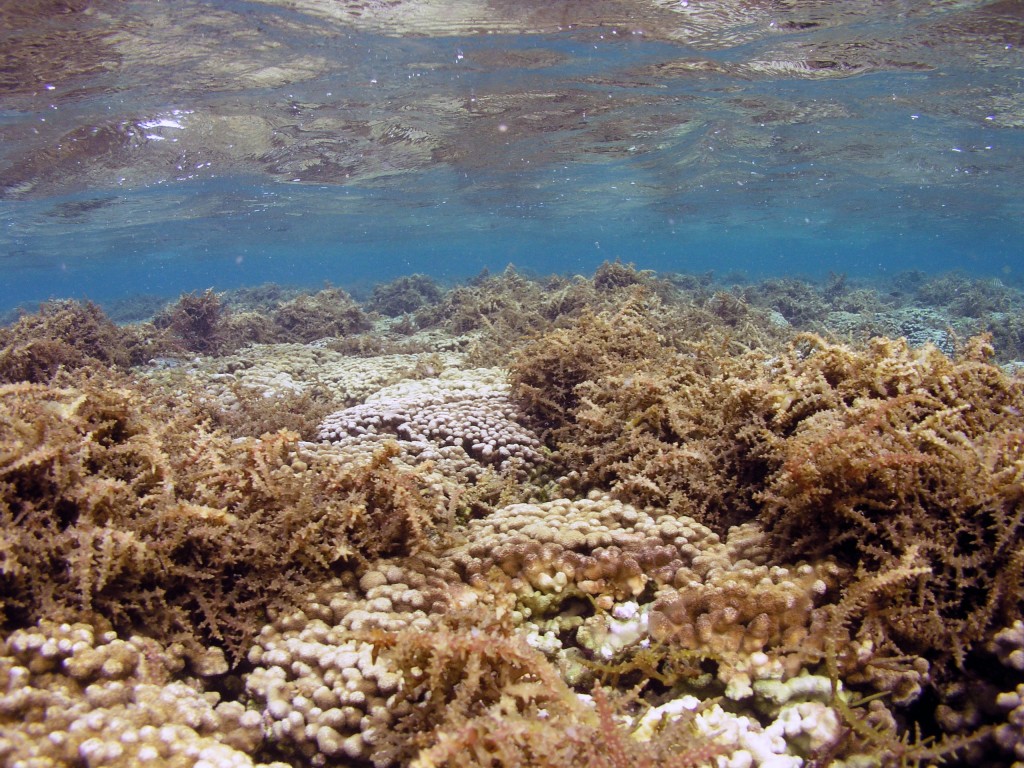 |
| Kaneʻohe Bay morning. Photo S. Pagliaro |
An excellent
way is to clean up the watersheds that feed into the bay. To assist in the
process of cleaning up bays and coastlines, there is a program that funds
research and community planning to improve coastal waters. It is called the
National Estuarine Research Reserve System (or NERRS).
In their words, "The Reserve System uses its living laboratories to find solutions to crucial issues facing America's coasts:
Climate Change and Resilience
Habitat Protection
Water Quality
The NERRS Science Collaborative brings science and communities together to solve coastal problems. "
Why might we lose this chance to
help clean up Kaneʻohe Bay?
Kane'ohe Bay has been chosen to host a NERRS site and has long term partners to support it. However, the next step is for the public to provide positive support to establish the site, or negative support will lose it.
The note can be short - but have
your say - comments should go in before the next meeting that presents public comment just a week or
so down the line (Feb 27th).
Send in comments via this link: hawaii.nerr.comments@noaa.gov
Send in comments via this link: hawaii.nerr.comments@noaa.gov
Who supports this locally? A wide group of partners have worked very hard to propose to have a section of Kaneʻohe Bay become a NERRS site, including HIMB, Kākoʻo ʻŌiwi (one of their projects is to restore the wetlands up to the mountains mauka of the Heʻeia fishpond), Paepae O Heʻeia (who manage the fishpond), Heʻeia State Park, the Koʻolaupoko Hawaiian Civic Club and others.
Is there federal or state regulation that comes with a NERRS?
No - NERRS
is not a regulatory agency.
They will only help fund the local community to do research to identify the issues,
then support the local community in deciding how to best proceed in dealing with
the issues, but they have no regulatory aspect.
Since NERRS sites are estuaries, wetlands and such where streams, rivers and water enter the sea, most of their work has been to improve the wetlands and upland areas that feed into bays and coastal areas. Improve the water coming in, and the bay’s water and fish, corals and so on, just get better.
NERRS sites also focus on invasive species removal - certainly we have lots of invasive species to remove.
What
don't they do? I could not find a NERRS site that had an MPA (Marine Protected Area). Really none had special
fishing regulations at all, unless they were endorsed by the local fishing community.
In fact, many sites sponsored their own popular fishing tournaments. Again, NERRS sites focus
on wetland restoration and alien species removal to improve water
quality.
Here is an example of a typical NERRS site advisory committee:
"ACE
Basin NERR Advisory Committee
To
provide for effective coordination and cooperation among all interests involved
with the Reserve, an ACE Basin Advisory Committee was established following
designation in 1992. The Committee meets at least twice annually and the Deputy
Director for Marine Resources of DNR chairs the Committee. The Reserve Manager
serves as staff to the Committee. The Chairperson, as needed, appoints
sub-Committees for research and education.
The
Committee may consist of the following representative groups:
•Marine
Education •Scientific
Community
•Local
Landowners •Local
Government
•Environmental
Interest
•Commercial
Fishing
•Recreational
Fishing
•Timber
Industry
•Private
Non-Profit Conservation •State-Federal
Agencies Active in ACE Basin
•Business
Community"
This looks to me to be a pretty long list, and I am sure in Hawaii, we would modify this to include cultural groups and more.
I encourage you to take a look at the NERRS program, if you see issues with it, let me know. It looks good to me though - lets improve the water quality in our watersheds at the very least. It would be great to see Kaneʻohe Bay become a coral garden once more.
Kane'ohe bay reef. HIMB image
hawaii.nerr.comments@noaa.gov
Aloha,
Mark

.jpg)



No comments:
Post a Comment